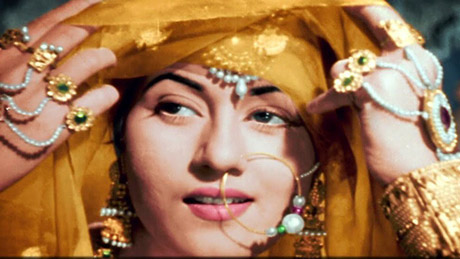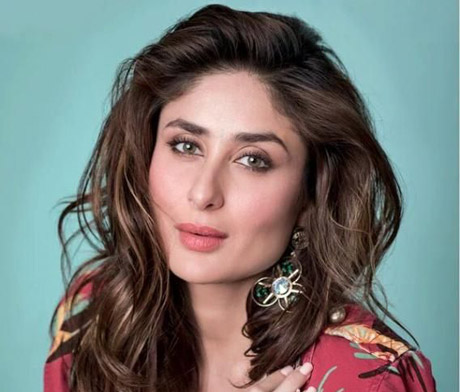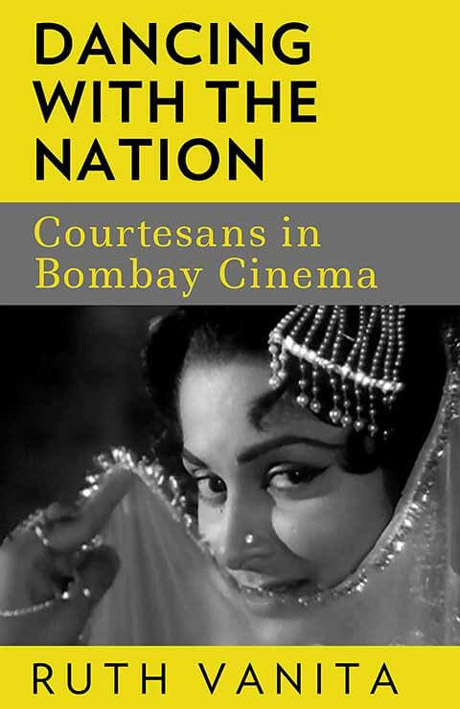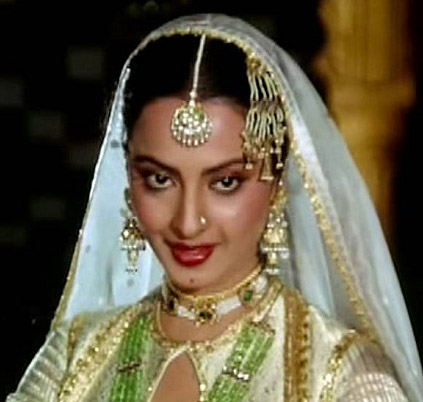Bollywood Masala Mix

Indian actress Madhubala.
Since 1851, obituaries in The New York Times have been dominated by white men, according to the publication, which is now paying homage to 15 remarkable women, one of whom is Indian actress Madhubala.
On International Women’s Day March 8, The New York Times launched “Overlooked,” a project to write the obituaries of the women who “left indelible marks but were nonetheless overlooked.”
“Overlooked” will continue into 2018, expanding to include others who were overlooked – especially people of color and women – with new obituaries published every week. To look back at the obituary archives can, therefore, be a “stark lesson in how society valued various achievements and achievers,” it writes.
Madhubala is the only Indian featured in the series, which includes Chinese revolutionary and feminist poet Qiu Jin, photographer Diane Arbus, transgender activist Marsha P. Johnson, and poet Sylvia Plath.
Written by Aisha Khan, the tribute, with the title, “A Bollywood legend whose tragic life mirrored Marilyn Monroe’s,” paints Madhubala as a tragic figure in Indian cinema, whose life ended at the age of 36 because of an incurable heart condition.
Khan describes Madhubala, who died 20 years after starring in the film, “Mahal,” which made her a superstar overnight, “as an icon of beauty and tragedy – her dazzling career, unhappy love life and fatal illness more dramatic than any movie she starred in.”
The actress’ dreamy eyes, vivacious smile and mischievous laughter gave her a girl-next-door appeal, notes Khan, adding that unlike other actresses of her time, she wasn’t typecast. “Her natural, understated acting style brought her equal success in serious social dramas like ‘Amar’ (Eternal) and in lighthearted comedies and period pieces.”
Madhubala, who began her acting career at the age of nine, went on to feature in timeless classics such as “Amar,” “Chalti Ka Naam Gaadi,” “Mughal-e-Azam” and “Barsaat Ki Raat.”
Khan notes that Madhubala’s movies were also hits abroad, even in faraway places like Greece, but the actress’ acting skills were underappreciated and she never won any awards, even for her biggest hits.
The obituary, along with her films and stardom, also captures her failed romance with legendary actor Dilip Kumar.
“They had been eager to marry, but Madhubala’s father had set conditions, including that they star in movies he would produce,” Khan writes. “Kumar demanded that she choose between him and her father. She chose her family. An ugly lawsuit over another movie hastened their breakup.”
She later married actor/singer Kishore Kumar, and while their on-screen pairing was cinema gold, offscreen the two were quickly estranged.
Madhubala died Feb. 23, 1969, just nine days after her 36th birthday. She spent her last years at home, out of the public eye.
The tribute ends with highlighting Madhubala’s desire to live. In her final days, according to her sister, Madhubala would say: “I want to live. Please God, let me live.”

The actress was present at The India Today Conclave 2018 along with her sister Karishma Kapoor on March 10. In a conversation with journalist Rajdeep Sardesai, she was asked if nepotism exists in the film industry.
Kapoor replied: "There are so many superstars from yesteryears and not all of their children are a superstar. If nepotism exists, they would have been a big star by now."
"The fact that Ranveer Singh has become the new superstar of Bollywood who does not come from a film family proves the fact that they become superstar out of their sheer talent and hard work. Nepotism does not exist," she said.
"I think it is about the talent that takes you where you go. When you are on-screen, anybody can make or break you; anyone can make a judgment on you irrespective of you are a daughter or grandchildren of someone," said Karishma Kapoor.
"And for a youngster who has a huge family and legacy behind, is much tough to make a mark," she added.
While they were countered by Sardesai that "but Kangana (Ranaut, actress) said otherwise," Karishma Kapoor said: "People can have their opinion, and we should respect each opinion."

Studied through the prism of gender and sexuality in India, Ruth Vanita’s Dancing with the Nation: Courtesans in Bombay Cinema, as expressed by the author herself in a detailed introduction, is not a film studies book. But considering the great contribution that real-life tawaif had in shaping of the cinema emerging from Bombay, more on that later, Vanita uses the changing role of the courtesan in Hindi films across eight decades as a foundation to present a truly insightful, richly detailed encyclopaedic account. It talks of not just the onscreen portrayals of women in entertainment but the role they played behind the scenes in shaping the very business of Hindi films.
Vanita bases her book on a total of 235 films, of which nearly 211 feature the courtesan character in some form or the other. Despite this staggering number, the courtesan never really had a detailed study dedicated to them. Reading Vanita’s book, one realises the injustice and even the lack of respect to their involvement in the development of cinema.

Many such names are peppered across the history of Hindi films where the real-life classically trained performers were amongst the first actors, playback singers, and choreographers in the business. Vanita’s prose also reveals how the character of the courtesan, in an antithesis to the general impression created by Bombay cinema, went beyond the simple song and dance antics and presents their creation of an alternative emotional universe within mainstream cinema that went on to become a model of sorts for the urban woman.
Vanita’s study employs numerous factors to decode the courtesan and the exploration sees the character emerge as the first group of single, working women in South Asian movies. The character enjoyed greater financial and social autonomy when compared to other central female roles. This is one of the reasons why it attracted leading female stars.
The courtesan is also one of the strongest symbols of defiance, which can be best seen in the court dancer singing ‘Pyar kiya to darna kya’ in Mughal-e-Azam (1960). It’s intriguing how Vanita draws a parallel between this and the youthful rebellion of Kabhi Kabhie (1976) in the form of ‘Pyar kar liya to kya, pyar hai khata nahin.’
Up until a few years ago, a book such as this would have largely intrigued those who would read it for anthropological reasons. Not anymore. There is a conspicuous enough shift within the minds of film aficionados to re-examine popular films or even the most escapist narratives and characters from a socio-political viewpoint. Ruth Vanita’s treatise frees the courtesan from the clichés. It is both groundbreaking and long overdue.
Sridevi’s eldest daughter, Janhvi Kapoor celebrated her birthday on March 6, supported by her family that wanted to make her 21st birthday special after the young actress earlier wrote a heartbreaking tribute to her mother on turning 21.
It was the first time that the family was seen together after Sridevi’s funeral, in a small family gathering that appeared to be a low-key affair.
However, some social media users didn’t take very kindly to the celebration, calling it insensitive to be celebrating “so soon” after Sridevi’s death. Many users posted angry reactions to the photos posted on Instagram of Janhvi and other Kapoor girls, including her sister and cousin Sonam Kapoor - a Bollywood star.
“Agree that one should move on in life but here how can this girl enjoy within few days of their mother’s death and that too it’s a sudden death,” read one of the comments on a picture posted by Anshula Kapoor, Janhvi’s half-sister.
“Nobody is asking them to be sad and crying all the time. It's the timing of posting such a pic is what is odd," wrote another user on a shared by Sonam Kapoor.
While the torrent of criticism continued, many on Instagram have come out in support of the family.
“I’m glad she has such a lovely supportive circle who has helped her step away from the loss of her mother even for a little while,” commented a user on a photo shared by Sonam Kapoor.
“Just because they are finding ways to distract themselves from mourning from their late mother, it is wrong? Isn't that very pathetically narrow-minded? Also, you don't know what the story behind this picture, so get a life and stop judging them. They deserve to live the life they want and have no morons judge them,” wrote another cheering the Kapoor girls for banding together for Janhvi.